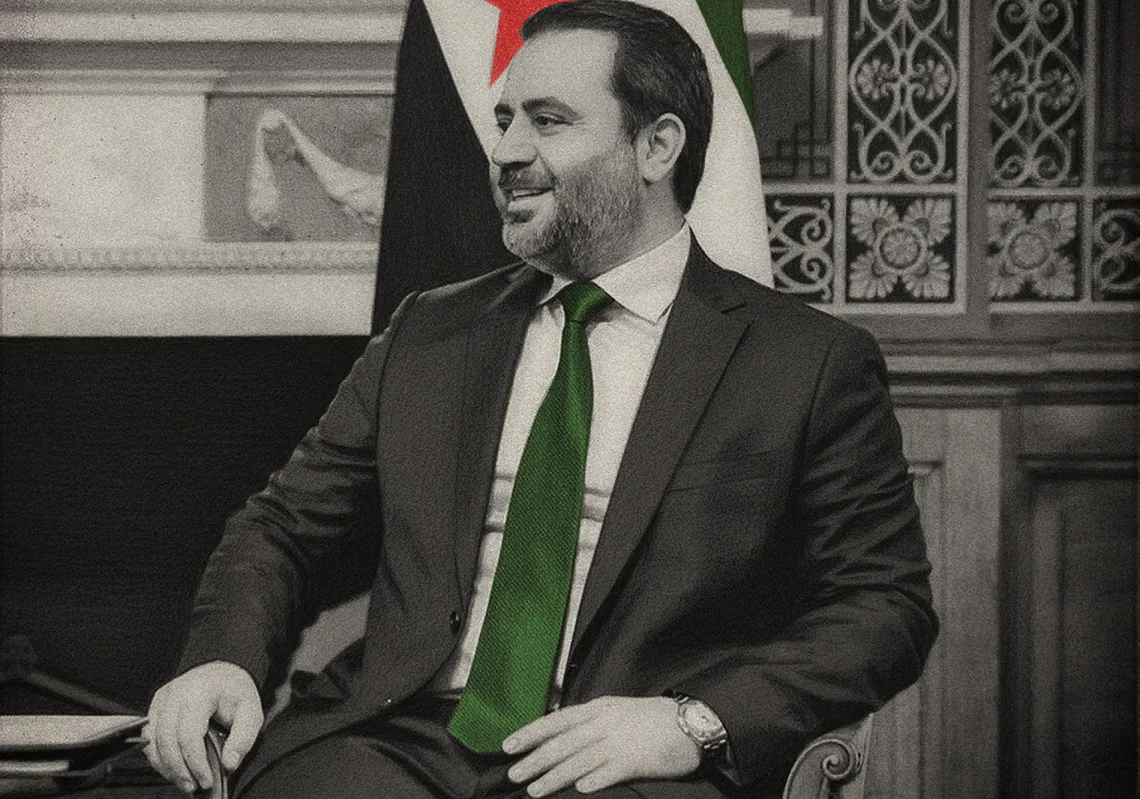 [/caption]
[/caption]
We start at the highest point of the Casbah. The houses here date to the 13th century, and are packed in such a way that at street level you have to duck and bend your body to get around. The rooftops huddle up so closely that they seem to be in whispered conversation. In the past they allowed the women of Algiers to move about in the sky. Nowadays, it would be too dangerous to get around like this, but there are so few people in the street it feels that perhaps Algiers simply lives a few stories up.
We carry on down through more empty streets, glimpsing humanity from time to time through cracks in open doorways. An old shoemaker sits in a tiny room, meticulously repairing the sole of a shoe. He winks at us. Further on, a solitary coppersmith stands stooped over his brass pots, and a pâtissier has only wasps for customers.
[inset_left]Signs and plaques commemorating revolutionary martyrs run throughout the Casbah and recall a time when it had a very different character.[/inset_left]
Signs and plaques commemorating revolutionary martyrs run throughout the Casbah and recall a time when it had a very different character. A time when it was full, when people would rather die than leave. As the houses around us wince under the weight of damp, and the youth kick walls and footballs, it feels like the Casbah is giving one last sigh, eking out a half-life on the memory of a glorious moment, an exceptional generation.
Towards the very bottom of the Casbah the streets open up; the sky is no longer obscured, but forms a long blue runway overhead. The houses along Rue Arbadji Abderahman, built by the French in the 19th century, are distinctly Mediterranean, but like the rest of the Casbah, their whitewashed, exhaust-fume-stained façades suggest a departure.
One building stands apart: number 23. Inside and out, the building’s walls are covered in small colored glass stones, tiles and mosaics: an exuberant concerto of color. Were the sun ever to hit these walls it’s certain that any number of colors would leap from ‘gemstone’ to street. Just inside the building the walls hold photos and text. There are pictures of a couple, images of Algiers at different points in time, and a typewritten message.
A small man comes down the stairs. He is Didou, and he is responsible for these walls. He has lived in the Casbah his whole life, eighty-five years. For the last five years he has tended to the walls of 23 Rue Arbadji Abderahman, cleaning them, adorning them. Seeing our camera he stops, and with a handkerchief wipes the dust off two new tiles added earlier that day. He points to the young woman and man, familiar in a number of photos. That’s him and his wife, the love of his life. She died five years ago. He has tended to these walls every day since.
She loved art and he tells us that his daily efforts are for her. It’s his tribute to her. Each day he puts up a new tile or ‘precious’ stone. It’s beautiful. A poor man’s Taj Mahal in spirit. For his wife, he leaves this, and a message: “Tu es ma rose, et je suis ta rosée—you are my rose, and I am your morning dew.”








